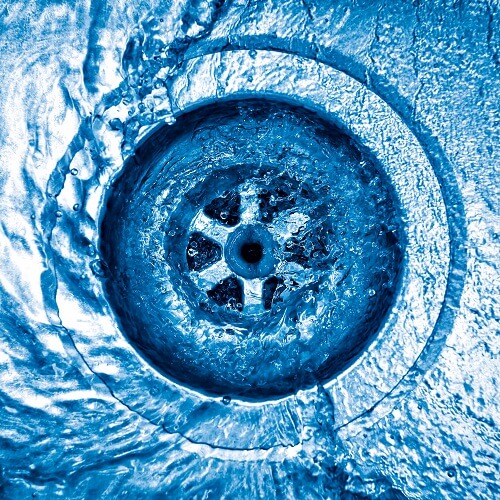 Your kitchen sink’s strainer and bowl is located right at the center of the washbasin. The sink strainer features a threaded end at its bottom which is responsible for connecting the assembly to the sink’s drain pipe end (also known as the tailpiece). It’s snugly inserted into a bowl-shaped washer (usually made from metal) that’s in charge of keeping the strainer in place. And you know what we’ll say next. These components of your kitchen sink plumbing are prone to wear and tear as well, resulting to annoying leaks. What you have to remember is that repair should be done immediately to prevent the growth of mold or mildew under the sink and of course, to avoid having a puddle of water in there. If you’re interested in doing the repair on your own, here’s what you have to do:
Your kitchen sink’s strainer and bowl is located right at the center of the washbasin. The sink strainer features a threaded end at its bottom which is responsible for connecting the assembly to the sink’s drain pipe end (also known as the tailpiece). It’s snugly inserted into a bowl-shaped washer (usually made from metal) that’s in charge of keeping the strainer in place. And you know what we’ll say next. These components of your kitchen sink plumbing are prone to wear and tear as well, resulting to annoying leaks. What you have to remember is that repair should be done immediately to prevent the growth of mold or mildew under the sink and of course, to avoid having a puddle of water in there. If you’re interested in doing the repair on your own, here’s what you have to do:
1. First of all, shut the water supply valve off that’s located under the sink.
2. Get a bucket and place it under the pipes for it to catch the water that may flow out.
3. Afterwards, loosen the nut that’s found right under the strainer’s bowl. If it’s made from plastic, just loosen it by hand. If, on the other hand, it’s made from metal, you have to use your handy dandy pipe wrench. Remember, the nut secures the drain pipe’s tailpiece onto the kitchen sink strainer.
4. Once you’ve loosened the nut, detach the tailpiece from the assembly. Find the spud that holds the strainer bowl washer in its place.
5. Try to loosen the said spud using your hands. If it’s rusted, you won’t be able to turn it easily. Use your pipe wrench instead and turn it in a counterclockwise direction.
6. When the spud is finally loose, you should be able to detach the strainer and the bowl from the washbasin. Get a damp rag and wipe the old putty around the sink’s opening. For the putty that has already dried up and hardened, you can use a putty knife to scrape it off. When you’re done, use a clean towel to dry the sink hole.
7. Now roll a new layer of plumber’s putty and apply it around the edges of the drain hole.
8. Put the new strainer onto its rightful place and press it down to secure it to the sink. Putty might ooze out of the strainer so wipe them away with your fingers.
9. Now put the new rubber gasket on top of the strainer bowl. Afterwards, slide the strainer bowl over the tailpiece. Push it all the way in to properly position it and then slip the new cardboard gasket and bowl onto the end of the strainer.
10. When you’re done, re-install the spud nut and tighten it with a pair of pliers. Guarantee that it’s hand-tight then secure the bowl onto the strainer assembly with your wrench.
11. Put the washer (plastic or metal) back in place. It should be installed on top of the drain pipe’s tailpiece and then re-attach it to the sink strainer using the nut.
12. Don’t use your sink overnight. Just leave it as is to let the plumber’s putty dry. The next morning, turn the water supply valve on and then turn the tap on, too. Check for leaks under the sink.
We hope that you learned easy kitchen sink leaking strainer repair from our blog today. If you’re not into DIY plumbing, just call your trusted Plumbers 911 plumber for your kitchen plumbing needs. Plumbers 911 delivers exceptional plumbing services including kitchen remodeling, faucet repair, leak detection, plumbing fixture installation, grease trap installation and many more!

